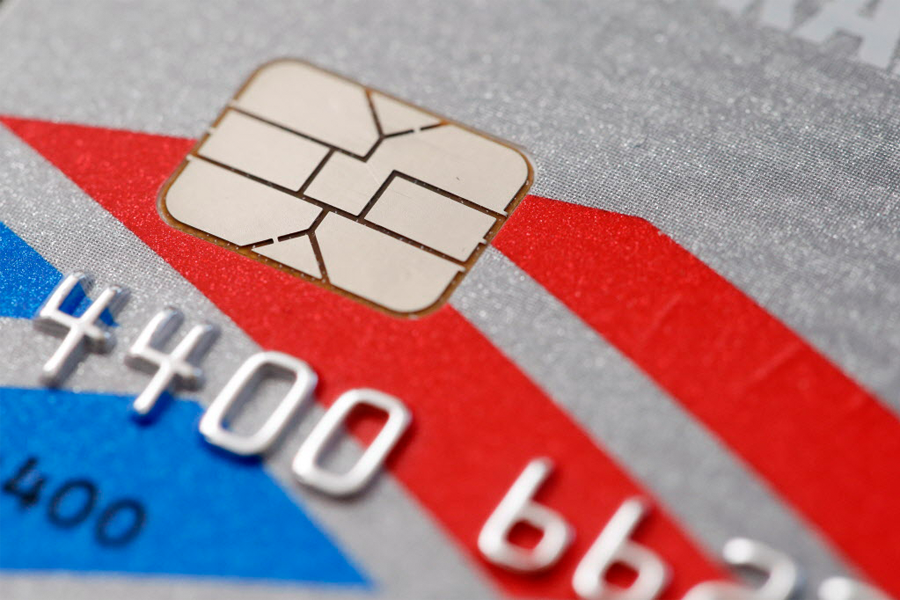Here's how secured credit cards work
Loading...
If you’re trying to build or rebuild your credit history, a secured credit card can be a great tool. Secured cards are valuable mostly because they can be a steppingstone to traditional unsecured credit cards, which are more likely to offer rewards or lower interest rates. Using a secured card wisely can help you make the transition to an unsecured card sooner.
Here’s how to put a secured card to good use.
Understand how secured cards work
Whenever you buy something with a credit card, the card issuer is essentially lending you the money to pay for your purchase. Your signature on the credit card slip is a promise to repay that loan. This is why you need decent credit to qualify for most credit cards: If you have a low credit score, or you don’t have a credit history at all, card issuers won’t have much confidence that you’ll pay back what you borrow. So they’re unlikely to approve you for a card.
A secured credit card offers you a chance to demonstrate that you can handle credit responsibly without requiring the issuer to take a risk. You give the credit card issuer a security deposit that it uses as collateral for the money it lends you when you use the card. You are, effectively, securing that debt yourself. In most cases, your credit line is equal to the amount of your deposit. For example, if you make a deposit of $300, you will have $300 of available credit.
A secured card is not the same as a prepaid card. With a prepaid card, you load money onto the card, and the card issuer uses that money to pay off your purchases. With a secured card, your deposit is there only to protect the issuer if you fail to pay your credit card bill. It’s critical that you pay your bill.
Use your secured card wisely
The choices you make in getting and using a secured card can go a long way toward improving your credit. You should:
- Get a card that reports to the credit bureaus. Using a secured card can help you improve your credit score, but only if the issuer reports your account activity to the credit bureaus — the companies that compile credit reports. Before getting any secured card, check to see that the issuer does so.
- Use the card. The card issuer needs to see that you can use the card responsibly. To prove that, you actually have to buy things with it. Making even one small purchase a month will count as activity on the card, and will help to build your credit score.
- Keep your utilization ratio low. Utilization ratio is the total amount you owe on the account, expressed as a percentage of your available credit. (If you have a $500 credit limit and a $150 balance, for example, your ratio is 30%.) A low credit utilization ratio shows that you’re not overspending. If you need to make a large purchase that brings you close to the limit, pay it off right away — if possible, even before the bill arrives.
- Pay on time, every time. Paying your bill on time is the single biggest factor in building a strong credit history. If you don’t make at least the minimum payment by the due date, your score will probably drop, and you’ll have a harder time graduating from your secured card. Of course, paying the entire balance in full every month is great, but if you need to run a balance for a little while, it’s still important to make at least the minimum payment on time.
Graduate to an unsecured card
Once you’ve been using your secured credit card carefully for some time, you might move into fair or average credit territory — generally considered to be a FICO score above 630. At that point, you have a good chance of qualifying for an unsecured credit card. The issuer of your secured card might agree to convert it to a regular credit card, or you can apply for a credit card for people with average credit. When you close or convert a secured card, you should get your security deposit back.
The habits you formed while you had a secured card will serve you well with an unsecured card, too. Keep on using your card regularly, maintain a low credit utilization ratio and pay at least the minimum balance by the due date every month, and your credit will continue to get healthier.
Having a low credit score isn’t the end of the world. A little diligence can help you raise your score and give you more options when it comes time to apply for a credit card or another type of loan. By keeping your spending in check and paying your bills on time, you might never have a low credit score again.
This article first appeared at NerdWallet.







